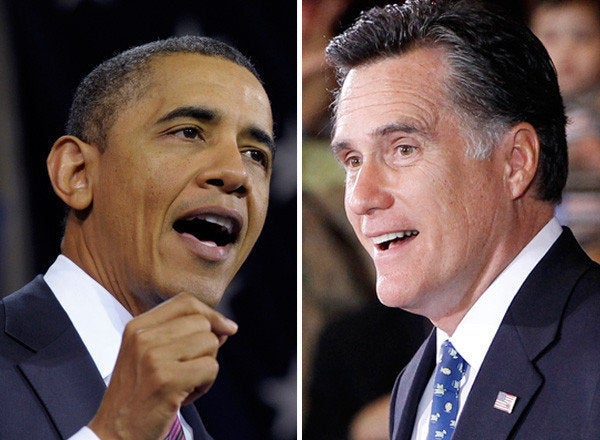
The dramatic Romney surge in the latest Pew poll may have less to do with besting Obama in the first debate than with some dramatic shift in party identification in Pew polls. According to numbers reported by Pew, Democrats fell from 37 percent in the September poll to 32 percent in October while Republicans rose from 28 to 33 percent among registered voters. With such numbers and high support for the nominee among partisans, it's no surprise that Romney leads Obama. With the same partisan breakdown in October as in September, Obama would still be leading, even among likely voters.
So what's behind the Republican surge in party identification? As far as I can tell, the September-October shift is the largest recorded by the Pew trend line. But is it a real surge? If so, Republicans would have scored a partisan realignment of sorts, all in the wake of a terrific debate performance. That seems far-fetched. More likely, the sample for the October poll just ended up with more Republicans and fewer Democrats than before. Maybe because of random luck, or perhaps because Romney's strong and Obama's weak debate performance encouraged Republicans to respond to the poll and discouraged Democrats. Let's see whether other polls also show a seismic shift of the partisan balance right now. If not, the switch in the horse race claimed by the latest Pew poll may not be for real.